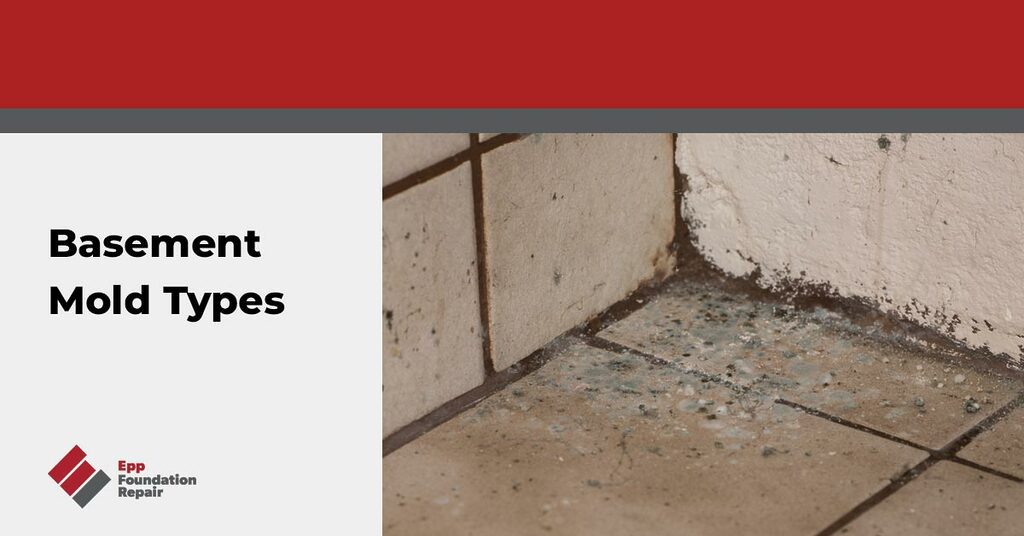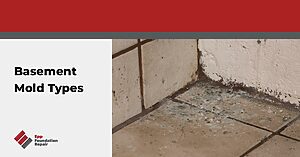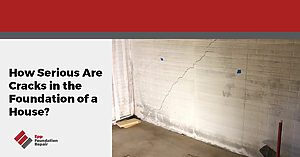Looking for information on basement mold types? If so, don’t hit that back button because we’re going to talk about basement mold types in this article.
If you have mold in your basement, don’t despair. Mold in basements is very common because basements are located below ground and tend to be damp.
Why Do Basements Get Moldy?
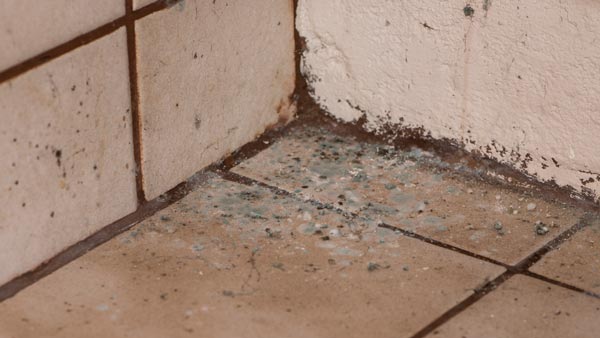
As we mentioned above, basements get moldy because they’re often damp and contain stuff on which mold can grow. In other words, basements are the perfect petri dish for mold growth. However, basements aren’t destined to be damp and moldy. It’s possible to have a basement dry enough to live in. We’ll tell you how to achieve this later in the article.
For more information How Does A Drain Tile System Work?
Mold in Your Basement Isn’t Healthy
Mold is an allergen and can trigger allergies, asthma, and other respiratory issues. Mold can also trigger other health problems and is especially bad for children, the elderly, and anyone whose immune system is already compromised.
Now, you may think that as long as you’re not living in your basement, you can put up with a bit of mold. You don’t want to do that. A certain percentage of air in your basement flows up and into your home’s living area due to the stack effect. So, if you have mold in your basement, you’ll have mold spores in the rest of the home.
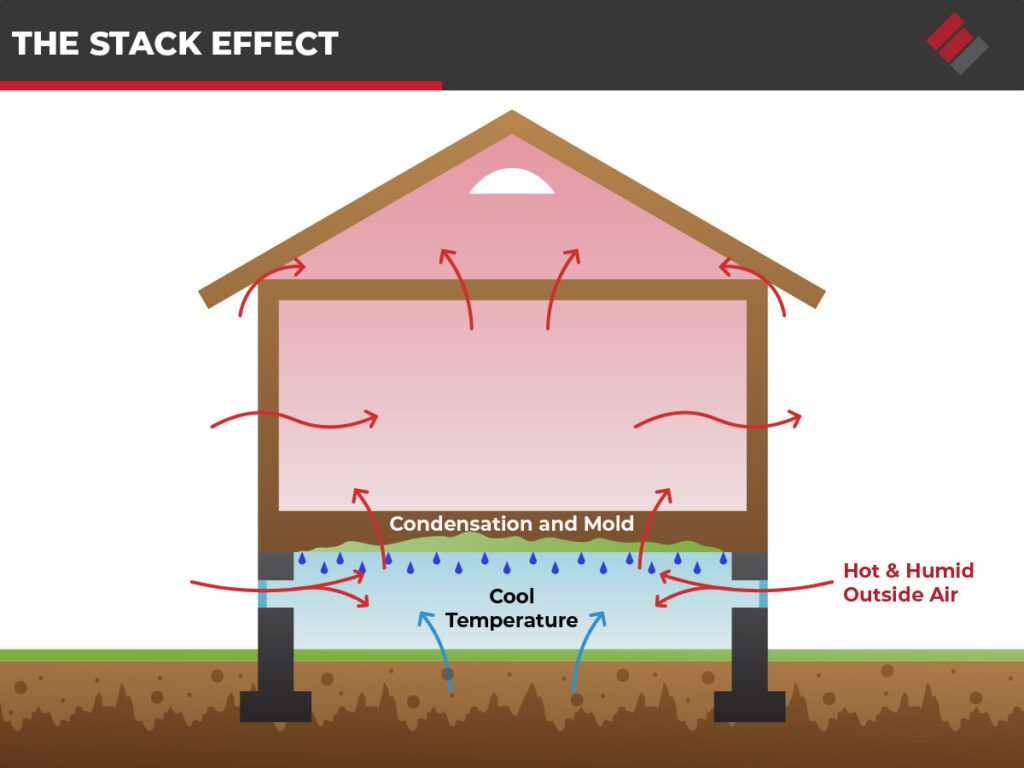
Basement Mold Types
The following are the most common types of mold found in basements:
Alternaria – Alternaria is usually black, brown, or gray and has a cotton-like texture.
Aspergillus – Aspergillus might be black, white, yellow, green, brown, or gray.
Cladosporium – Cladosporium is either black or green and likes fabrics, carpets, and wood surfaces.
Penicillium – Penicillium smells bad, spreads quickly, and is bluish or greenish.
Stachybotrys Chartarum – Stachybotrys chartarum is a black mold commonly found around leaky pipes.
Truth Is, All Mold in Your Basement Is Bad
Homeowners sometimes get hung up on the type of mold. However, the truth is all
basement mold types are bad. You don’t want any mold in your home’s basement and getting rid of it is the same whether it’s black mold or something else.
Is It Mold, or Is It Efflorescence?
Sometimes, what looks like mold isn’t mold. It’s something called efflorescence. Efflorescence happens when water seeps through a basement wall and leaves behind what are basically salt deposits. It’s white, looks kind of like mold, but isn’t mold. There are no health problems associated with efflorescence. However, the presence of efflorescence means there’s a moisture problem in the basement.
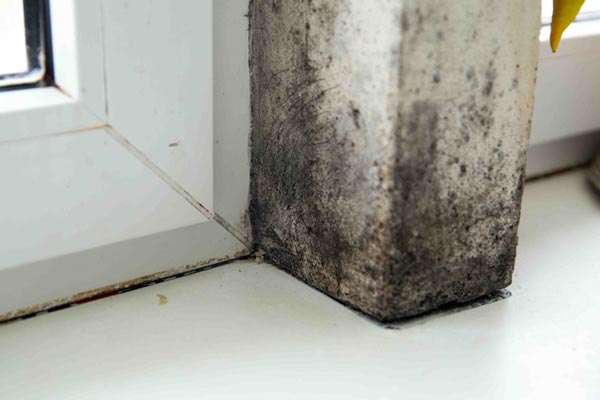
Where You’ll Find The Above Basement Mold Types
You’ll find the above basement mold types on various items in the basement, including:
- Drywall
- Wood, including furniture, framing, floors, and stored wood items. Mold really likes wood.
- Fabrics, including curtains, upholstery, clothing, etc.
- The home’s HVAC system. Mold often forms around condensation on or in ducts and the drip pan. Once mold gets into your HVAC system, it will spread throughout the home.
- Pipes
- Drains
How to Get Rid of Mold in Your Basement
Properly removing a large amount of basement mold requires a professional mold remediation specialist. However, you can probably get rid of small amounts yourself. See the EPA’s Mold Cleanup in Your Home for more information.
Prevent Basement Mold via a Drain Tile System
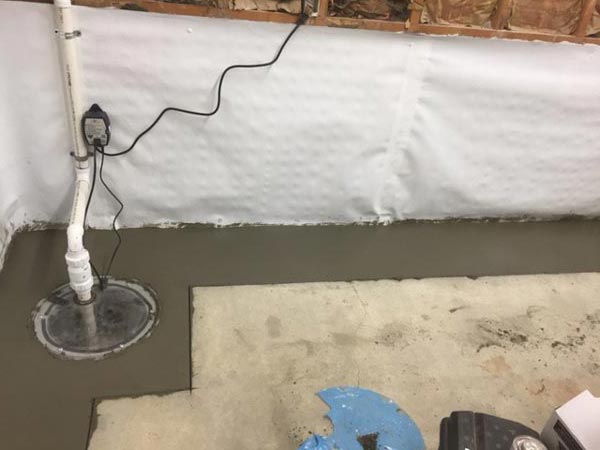
After you get rid of any existing basement mold, you’ll have to take some steps to ensure it doesn’t return. The best way to do that is to properly waterproof your basement via a drain tile system. A drain tile system isn’t merely a barrier erected to keep water out of the basement. A drain tile system works by preventing water from building up in the soil around the foundation. If the soil around your home’s foundation is dry, there’s no water to get into your basement.
How a Drain Tile System Works
A drain tile basement waterproofing system works by making sure any excess water in the soil around the foundation is channeled into a sump pit and then expelled away from the foundation by gravity or a sump pump. There are two types of drain tile systems: exterior and interior.
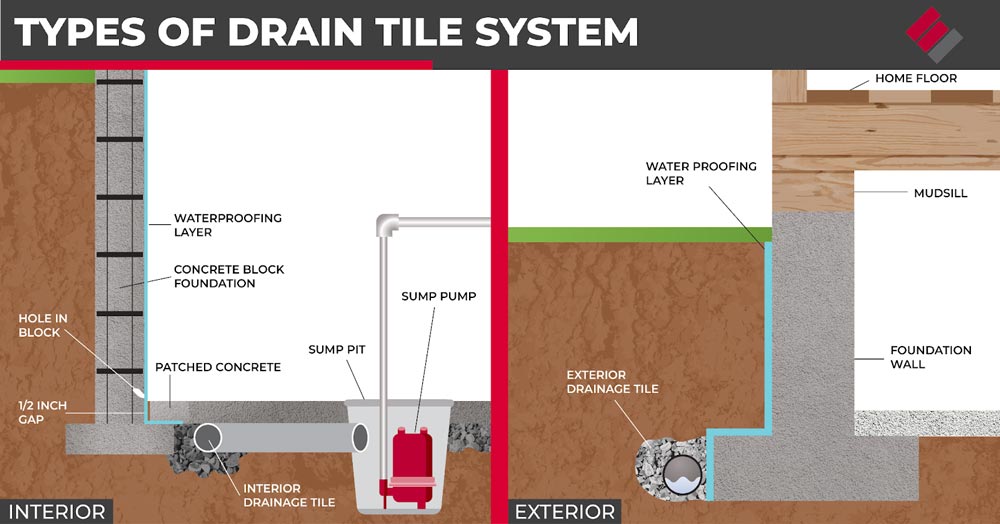
Exterior drain tile system
An exterior drain tile system is installed around the outside perimeter of your home’s foundation at the footing level.
- The first step involves excavation down to the footing.
- Next, a shallow trench is dug and lined with gravel.
- A perforated drain pipe is placed in the trench and covered with gravel.
- The excavated soil is replaced.
Now, any excess water in the soil around the foundation will enter the drainage pipe and be channeled into the sump pit. Once the sump pit fills with water, the sump pump will turn on and expel it away from the foundation. Depending on how your yard is graded, a sump pump might not be necessary and the water can be expelled via gravity.
Interior drain tile system
An interior drain tile system is installed around the inside perimeter of your basement. This means using a jackhammer to break up the floor.
- The first step involves breaking up the basement floor and digging a shallow trench around the inside perimeter of the basement.
- The trench is lined with gravel, and a drainage pipe is placed in it and covered with more gravel.
- If the basement is not going to be finished, the drainage trench might be left uncovered. If you’re going to finish the basement, the trench will be covered, and the floor will look like it did before.
Excess water in the soil under the foundation will now flow into the drainage pipe and toward the sump pit. When the sump pit is full of water, the sump pump will kick in and expel it away from the foundation.
We don’t recommend installing a drain tile system as a DIY project. It’s better to leave this one to the pros.
Prevent Basement Mold By Controlling Groundwater Around Foundation
You can help prevent basement mold by controlling groundwater around the foundation. Ways you can do this include:
- Regrade your yard so that it slopes away from the foundation. Water will drain around the foundation if the yard slopes toward your home.
- Clean your gutters regularly, so they correctly channel water toward the downspouts. You don’t want water spilling over the side of your home and into the soil around the foundation.
- Install downspout extensions that will carry water several feet away from the foundation before releasing it.
- Install an underground downspout and pop-up emitter. Water from the gutters flows into the underground downspout and toward the pop-up emitter situated in your yard, 10 feet or so away from the foundation. When the basin fills with water, the pop-up emitter pops up and releases the water.
- Don’t plant water-hungry vegetation near the foundation.
Prevent Basement Mold By Dehumidification
Another way to prevent basement mold is via dehumidification. Dehumidification will keep your basement humidity below 50% preventing mold growth. Here at Epp Foundation Repair we use Aprilaire dehumidifiers.

